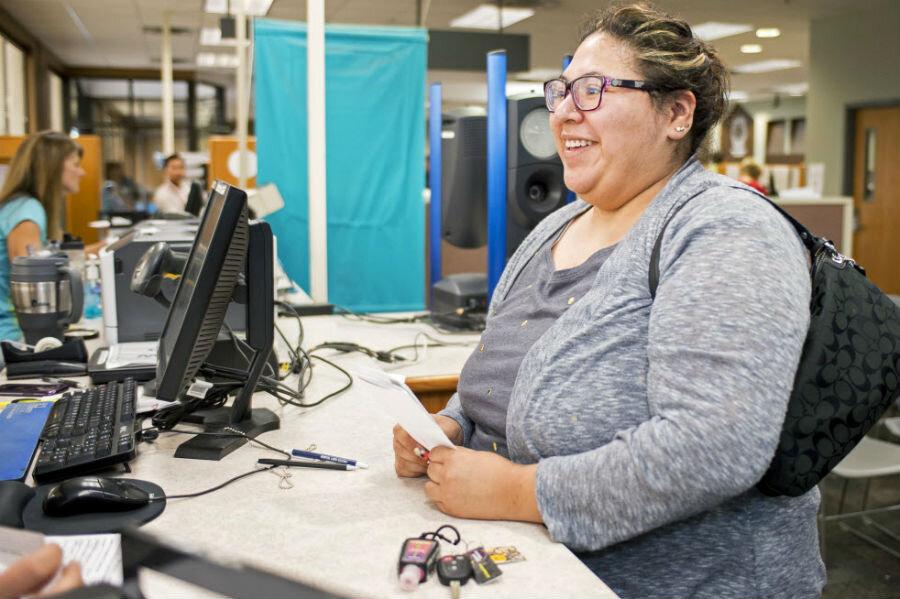How many undocumented immigrants live in the US – and other uncertainties
Writing about a Supreme Court case that hinges on the government’s ability to tally citizens in each voting district, Stanford law professor Nathan Persily recently noted that the numbers are not available. Though the Census Bureau uses surveys to reckon the citizen population, it lacks a database that would provide a hard count.
This case may sound like an oddity, but it is strikingly typical. On issue after issue, fundamental information is either missing or under dispute.
Take immigration, for instance. By definition, we do not have documentation of how many undocumented immigrants live in the United States. (As my students would say: well, duh!) There are various ways to estimate the figure, but they entail problems. Census data cannot provide a sharp picture since people who fear deportation are unlikely to fill out government forms. Adjusting the data to account for nonresponses will necessarily involve guesswork. We might get a better idea if and when the president’s executive action on immigration goes into effect. The upshot, of course, is that nobody knows in advance what the impact of that policy will be.
The underground economy is another vast expanse of question marks. Between people working “off the books” in otherwise legal endeavors, and those engaged in crime (think of Walter White’s buried barrels of cash), a lot of money is changing hands in the dark. Those who would reform immigration, the tax system, or the drug laws often argue that their proposals would add billions to the Treasury by bringing much of this activity onto the tax rolls. How many billions? As with undocumented immigration, economists have striven to come up with a dollar amount, but nobody really knows. It’s tough to count something that people are trying to hide.
If it is hard to collect data on current public issues, it can be even harder to come up with data for the past and the future. Take autism, for instance. Many people believe that it is becoming increasingly prevalent. But as I explain in a forthcoming book, much of the apparent increase may reflect greater awareness and changes in diagnostic criteria. We simply do not have good historical statistics to supply a baseline. The concept of “autism” as we know it dates back only to 1943: In fact, the first person to receive an autism diagnosis is still alive. The standard procedures that psychologists now use to diagnose autism are only a couple of decades old. It will be a long time before we can discern the true trend line.
Future trends can be hazy even when we start with some clear numbers. Consider Social Security. Notwithstanding uncertainty about the undocumented population, we still have a pretty good idea of how many Americans are in various age ranges. Do some simple addition, plug in some assumptions about life expectancy, and presto, we can predict the system’s finances many years into the future, right? No, it’s not that simple. For one thing, life expectancy can change. For another, the system’s revenues depend on such things as labor force participation and the overall state of the economy, which are more difficult to forecast. Graphs of the system’s future feature cloudy areas that resemble a Seattle weather map.
One lesson is that we need better data across the board, and that our discussions of public issues should include a frank acknowledgement of the limits of our knowledge. A broader lesson is to approach these issues with some degree of humility. As Benjamin Franklin told the Constitutional Convention: “For having lived long, I have experienced many instances of being obliged by better information or fuller consideration, to change opinions even on important subjects, which I once thought right, but found to be otherwise. It is therefore that the older I grow, the more apt I am to doubt my own judgment, and to pay more respect to the judgment of others.”
Jack Pitney writes his Looking for Trouble blog exclusively for the Monitor.








